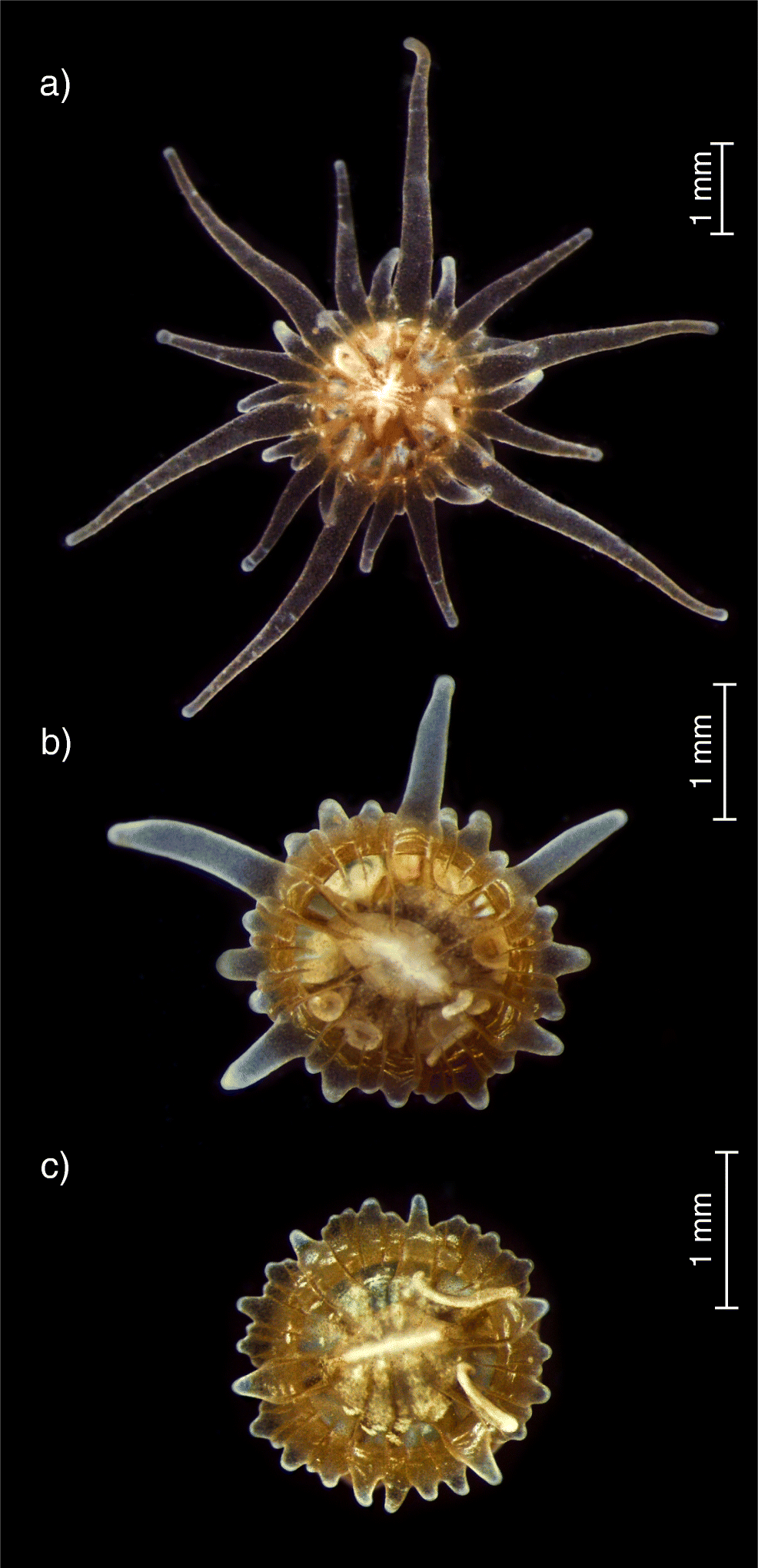- Joined
- Apr 13, 2020
- Messages
- 1,089
- Reaction score
- 1,293
In my experience the natural fish/predator way of ridding aiptasia only works long term if those fish/predators remain in your tank. I had an outbreak in my sump that was eaten down by a file fish and then subsequently also a copper banded butterfly. 3-6 months after I moved the fish to the display tank the aiptasia started reappearing in the sump in the exact same locations. The fish cannot rip the entire aiptasia out of those holes and the aiptasia can survive holed up like that for many months and possibly many years.
I have never tried the screwdriver / dental tool method (I will next time though) so I can't comment on that. It seems like it could be a little bit of a chore to me though with all the ones you have. If you give a test run and don't mind doing that then Brandon's rip clean is the way to go. Personally, since there doesn't appear to be much in the way of coral or fish I would just bleach the crap out of those rocks, clean the sand, and start over.
I have never tried the screwdriver / dental tool method (I will next time though) so I can't comment on that. It seems like it could be a little bit of a chore to me though with all the ones you have. If you give a test run and don't mind doing that then Brandon's rip clean is the way to go. Personally, since there doesn't appear to be much in the way of coral or fish I would just bleach the crap out of those rocks, clean the sand, and start over.




















